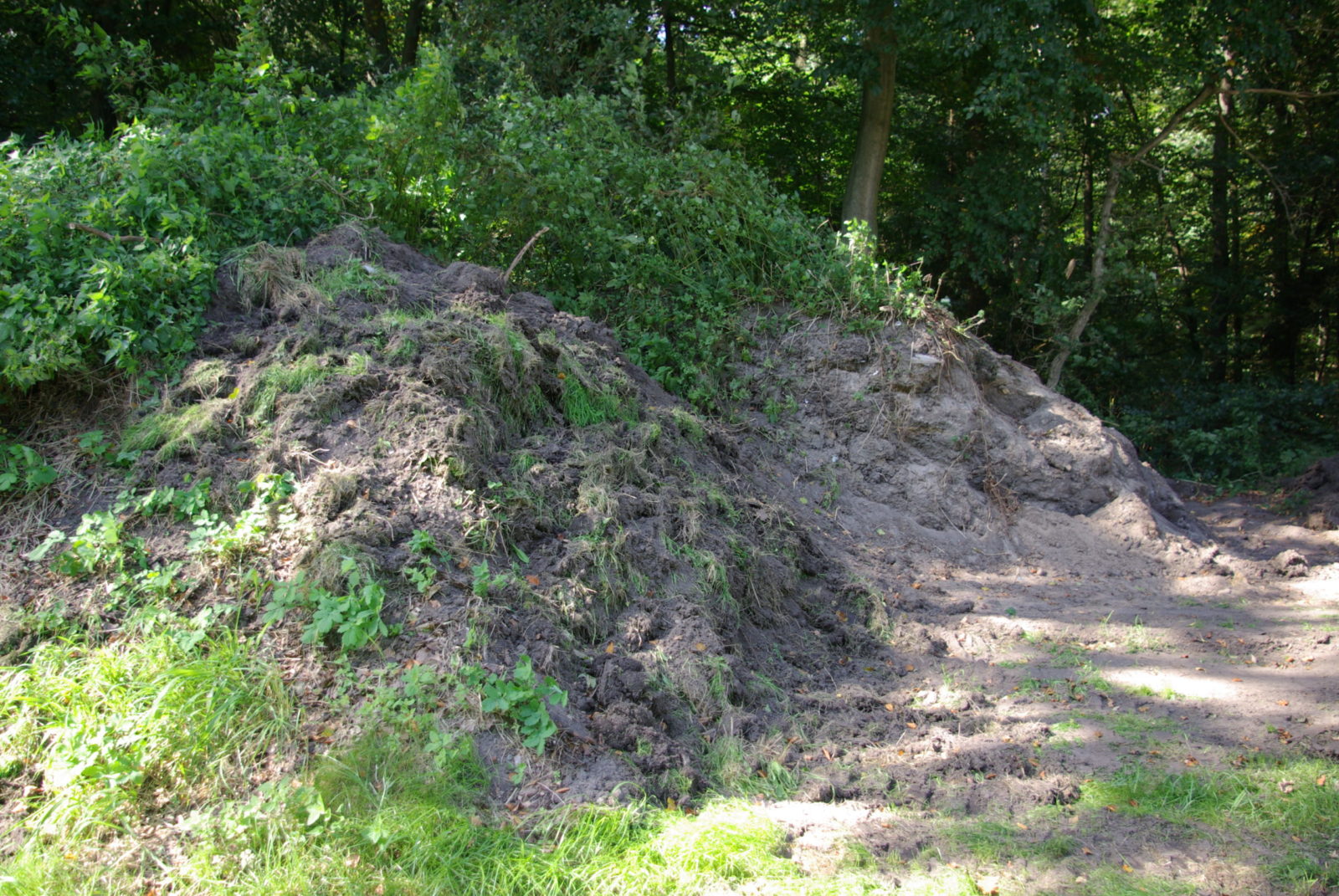In the technical rules of LAGA Notice 20, classification values have been defined for the installation of the respective mineral wastes for the purpose of standardisation in enforcement. Taking into account the respective installation conditions, compliance with the allocation values ensures harmless recovery. The classification values are precautionary values from the perspective of soil and water protection. Deviations from the allocation values may be permittedif it is proven in the individual case that the public good (Article 15 (2) KrWG) is not impaired and that there is no accumulation of pollutants in the recyclable material cycle.
A case-by-case consideration may be required, for example, if the TOC content (Total Organic Carbon) leads to classification in a higher installation class or to exclusion of suitability for reuse when all other classification values are complied with. Topsoils are naturally characterised by a higher humus content, which can be measured as organic carbon content (TOC). A TOC content of > 1 % in the topsoil does not represent a restriction for recycling in a rootable soil layer, but is even desirable.
In the soil near the surface, the decomposition of dead plant and animal matter leads to the formation of humus. Simplified: humus content = TOC content x 2. On arable land and grassland, humus contents of 1 to 8 % occur, which correspond to a TOC content of 0.5 to 4 %. In wetlands, humus contents of more than 15 % (> 7.5 % TOC) can occur. Basic utilisation options in the case of increased TOC contents are the application and incorporation into or the production of a rootable soil layer. For the evaluation of humic topsoil not LAGA Notice 20 is to be applied, but the implementation guide to § 12 BBodSchV (see Tab. 1).
Tab. 1: Use of soil material/dredged material in the application/insertion into or onto a rootable soil layer or in the production of a rootable soil layer under nutrient aspects | ||||||
| Soil material/dredged material with a humus content of1) from | |||||
| < 1% | 1 - 2 % | 2 - 4 % | 4 - 8 % | 8 - 16 % | > 16 % |
Use as topsoil layer2) | yes | |||||
Maximum thickness of the Topsoil layer 2) 4) | un-restricted | 1 m3) | 0,5 m3) | 0,3 m | 0,15 m | Case-by-case assessment |
Use as subfloor layer2) | yes | no | no | no | no | no |
Use in mixtures with other nutrient-rich Materials | yes | yes | no | no | no | no |
1) Humus content = TOC content * 2.0 2) within the rootable soil layer 3) not in the GW fluctuation range 4) In sensitive areas, it may be necessary to reduce the thickness of the topsoil layer to protect groundwater from increased nitrate inputs; the starting point for deriving the table values is a C/N ratio of 12 : 1 assuming a mineralisation rate of 2 %. | ||||||
Source: LABO, in cooperation with LAB, LAGA and LAWA: Vollzugshilfe zu den Anforderungen an das Aufbringen und Einbringen von Materialien auf oder in den Boden (§ 12 Bundes-Bodenschutz- und Altlastenverordnung) 2002, Table II-2 | ||||||
#TOC #Humus #Eclassificationsoil #LAGAM20 #BbodSchV #mupgroup #engineeringforabettertomorrow

